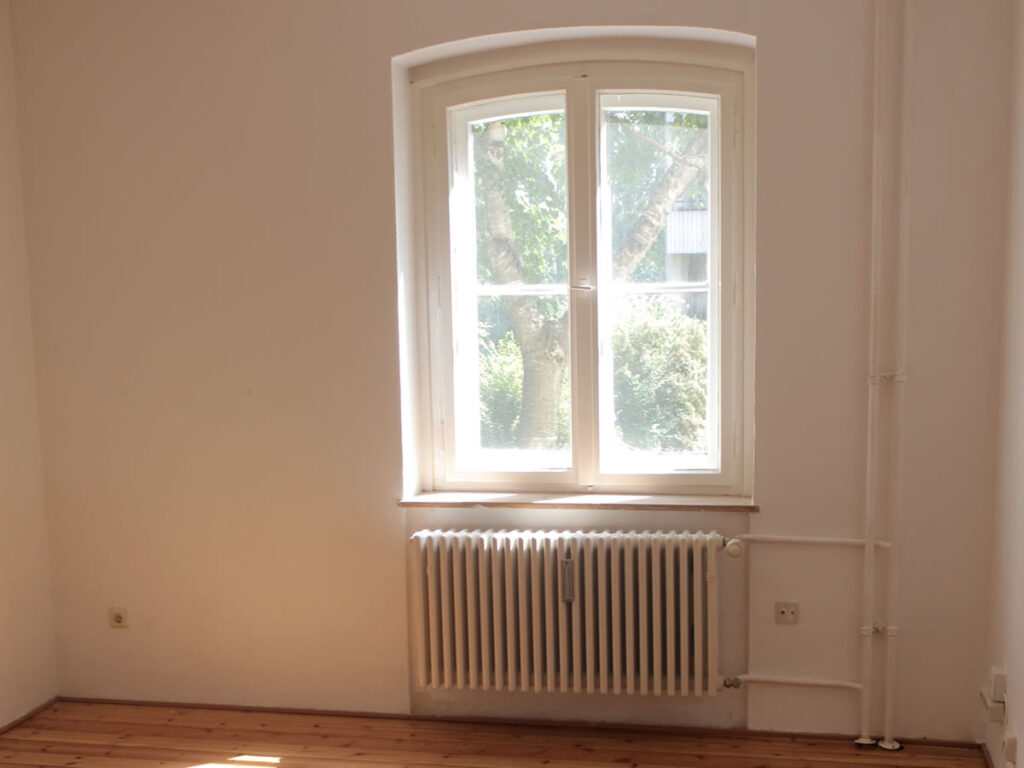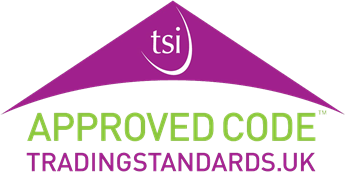
As a landlord in the UK, it’s important that your property is kept in good condition. The government has recently released new guidelines on mould issues. In this blog, we’re letting you know about new guidance on damp and mould for landlords.
Landlords with privately rented homes must follow guidance on how their properties are kept. However, this also means they have to rely on tenants reporting issues. This can often be achieved by using a letting agent, who can handle queries and improve communication.
Damp and mould are not nice things to deal with in properties, so it’s important that they are dealt with quickly. There are also preventative measures which can be taken to help the situation.
What are the new changes regarding damp and mould for landlords?
Properties need to be fit for tenants
If you’re renting a property out, you need to ensure that it is safe. Sometimes, damp and mould can have a negative effect on your tenant’s health. You must fix reported health hazards quickly.
Properties in the private rented sector with serious damp and mould, that is harmful to tenants, are in breach of the Environmental Act 1990. Prolonged exposure can have further health risks.
The property must be free from hazards
Serious hazards within properties are classified under various categories. Damp and mould can be found within category one. This means that landlords should do what they can to remove damp and mould from a property. There are various types that you may experience such as rising damp and penetrating damp.
Meet the Decent Homes Standard and energy efficiency regulations
Rented homes need to meet certain standards, such as the Decent Homes Standard. This standard ensures that properties are repaired and reach a basic level of thermal comfort.
Privately rented homes and those in the social housing sector will soon need to meet the Decent Homes Standard. Currently, only homes in the social rented sector must abide by these standards.
New energy efficiency standards have also been introduced. These regulations vary based on whether the rental is existing or new. Existing rental properties need to meet an EPC rating of C or above by the end of 2028. Whereas new rental properties will need to meet this standard by the end of 2025.
How to reduce mould in a property
Reducing mould in a rental property can be tricky as you need to know about it to rectify the situation. Here are some ways to reduce the risk of mould forming.
- Encourage tenants to report concerns to letting agents or landlords about mould issues – they can no longer be blamed for mould issues in private rented homes based on their lifestyle choices.
- Perform regular inspections of the property
- Work closely with quality contractors who can offer support on mould
- Encourage tenants to ventilate the property using windows
You must ensure that tenants are able to ventilate the rented home. This means providing them with a good-quality heating system and ensuring that windows can be opened safely.
What should landlords do if damp or mould is reported in a property?
If mould or damp are reported in your rental property, it’s important that you act quickly. You need to ensure that the property is fit for your tenants. Here’s what else you can do as a responsible landlord.
- Assess the severity of the damp and mould problems
- Identify where the mould and damp problem is coming from – this will help you to identify any underlying causes
- Use quality methods to remove the mould and damp issues and reduce health risks
- Let tenants know your plans for rectifying the mould issues and provide specified timeframes
- Check the area over again a few weeks after carrying out the repairs to ensure the damp and mould issues do not come back in the building
By checking that the removal methods have worked, you can reduce the risk of mould returning. Without proper removal, you’ll find that mould continues to return to the property.
We hope this blog has been helpful regarding new guidance on damp and mould for private landlords. Don’t hesitate to contact us for landlord support. Are you thinking about renting out a property? Check out our landlord services.




